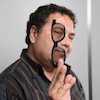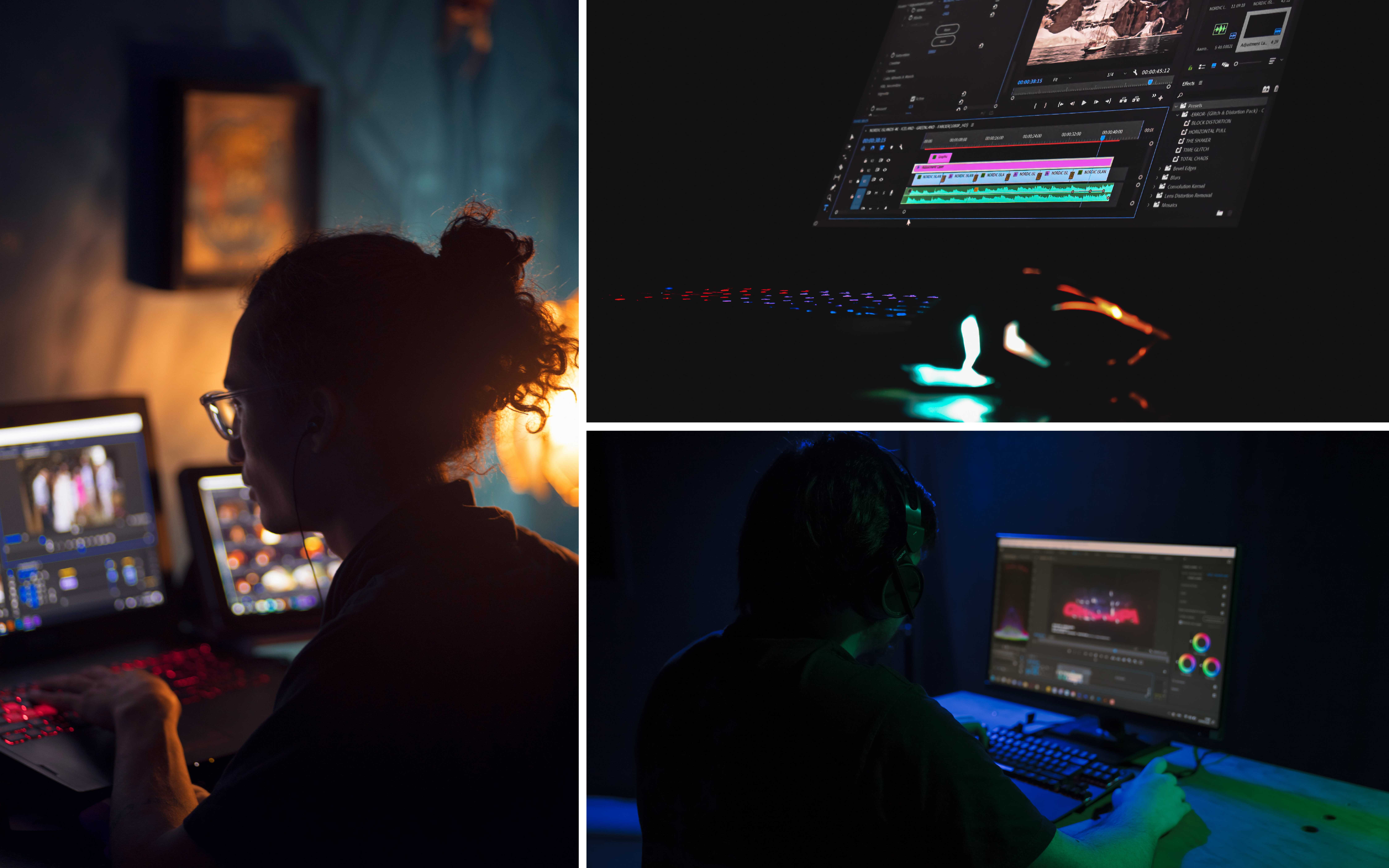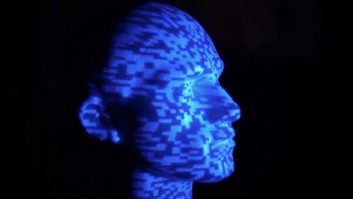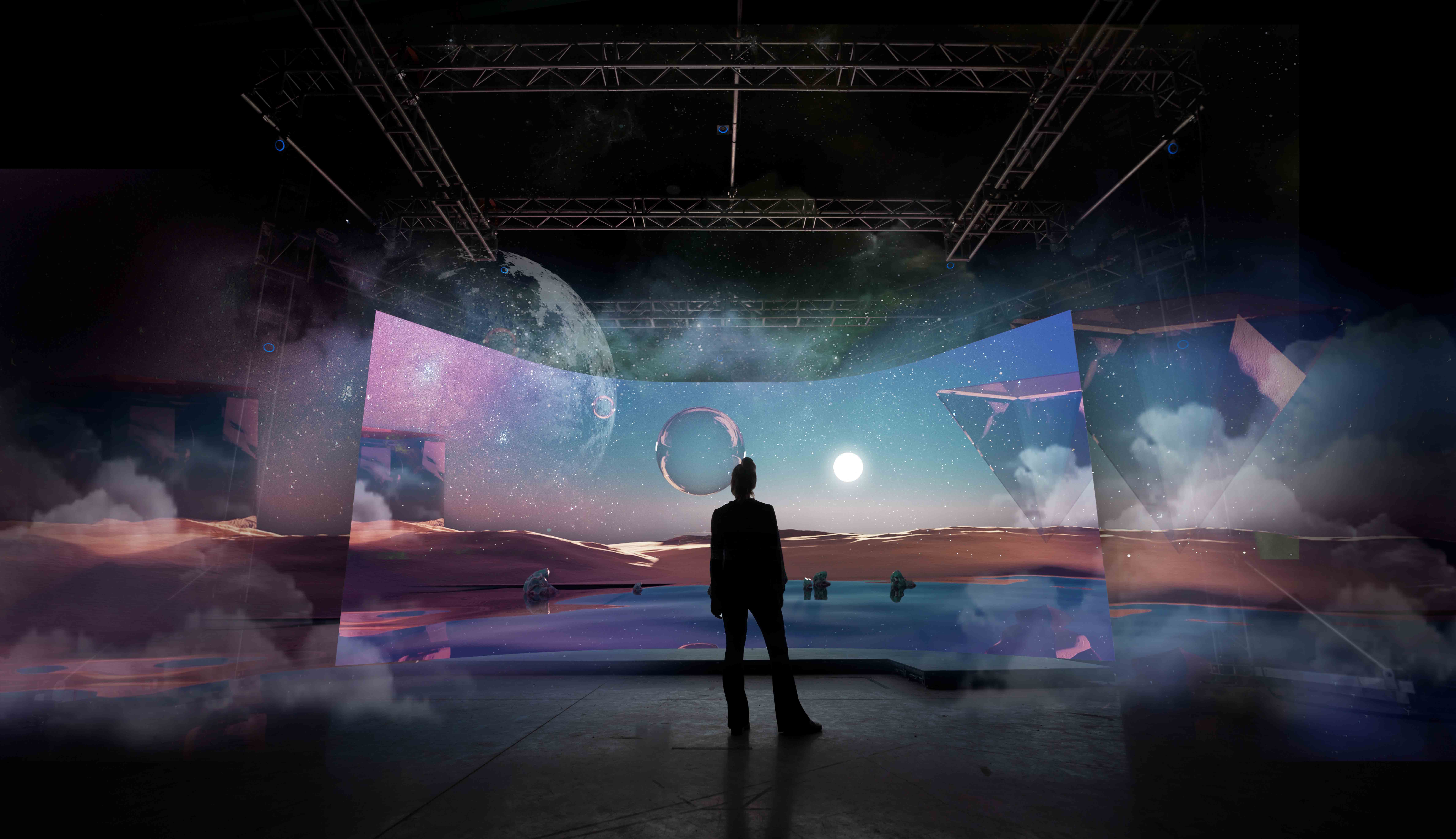
It is a decade since Steve Schklair, the founder and CEO of 3ality Digital Systems, ‘bet the farm’ on 3D becoming a hot market, and today his huge experience will be exposed in a 3D day keynote on capturing stereoscopic images for live broadcast.
Describing 3ality’s technical advance as evolving from “mechanical rigs to a closed loop system of image processing and an awful lot of algorithms”, Schklair said it is the computer-centric technology that enables live broadcasting without any post production.
“We now have absolutely perfect pictures and perfect zooms through the whole range for the whole project, and for the same rate that we would shoot a 3D project,” Schklair said.
“For Monday I have been asked to show how a live broadcast should be done properly. I would have loved to shoot volleyball at The Beach but with concerns about the weather we are going to shoot some table tennis,” Schklair told The IBC Daily. “We’ll put that up on the big screen, and the core of every talk I’ve given is about maintaining a quality image.
“Poor quality is going to hurt a business that is still very nascent. It has not grown up. The right technology lifts restrictions from the director, and this is the key message, because if 3D is to fly as a broadcast medium the content has to be more compelling than the 2D version.”
Schklair might also touch on the craft side, of which he said: “There is definitely a skills shortage. There are a lot of highly skilled people out there, but they have not been properly trained in the use of 3D tools.”
To facilitate live wireless picture transmission, 3ality has combined a set of off-the-shelf components with an in house element called 3WM. “We have to do a lot of processing to the signal at the camera side,” said Schklair. “We have a nice bulky back pack, but we are going to integrate this into a small box that takes the rig feed and converts it.”
Other advances include the beating of the motion artifact problem, and the development of a tool to automatically place graphics based on depth of shot. “We tracked down a lot of places where motion artifacts were coming in, and it was not one thing,” said Schklair.
“If a player suddenly runs forward and there are graphics there, he will block them. In other words there will be an alpha channel cut out. It was either that or float the graphics in and out to match the action,” he added. That is tiring to the eyes, and I think it’s much cooler if a player blocks the graphic because he is in front of it.”






